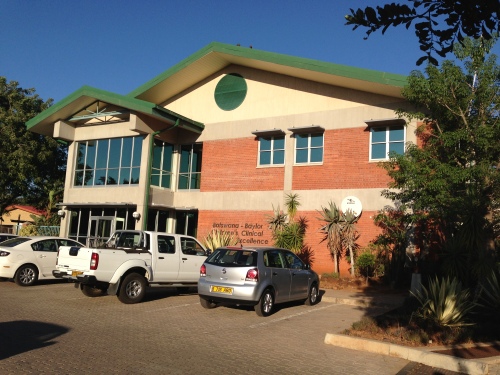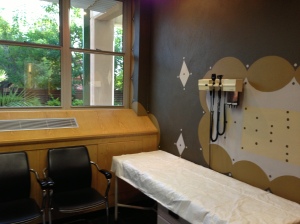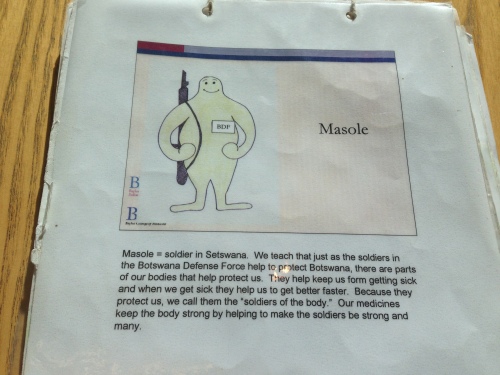I’m a week in and I finally am getting into the groove of things. While my month is a mix of HIV clinic, heme/onc, inpatient peds, and HIV outreach around Botswana, I thought I would start with the staple of my month here, the HIV clinic. The BIPAI model is to create centers of excellence where US level care is provided. This is very different than previous health care models I have worked with and I am still trying to sort out my thoughts, but none the less, they work hand in hand with government of Botswana and provide excellent care. 1/5th of the HIV children in Botswana receive care at this center, which is ~4,500 patients. There are over 100 visits a day. In addition to University of Botswana residents and visiting scholars like myself, there are medical officers and the equivalent of nurse practitioners supervised by a Baylor Global Health Corps physician and local attendings. For the first time, in all my international medical work, I feel that my service is *truly* necessary to provide the volume of care needed.
Each day starts out with hymns and prayers shared between the patients, their families and the front desk staff. I took a short clip so you could get a feel.
[After multiple attempts to upload it, I give up for the time being 😦 ]
The patient rooms are truly remarkable. Each one has been painted by a community member with a plaque sharing the story of the artist and why they selected the theme they used. The entire building is full of art donated by community members committed to the cause. There is very much an inclusive loving feel to the entire clinic. While the clinic visit is often a long day for the patient and their family as they are seen by a clinician, and depending on their current needs might also meet with social work, the psychologist, dietician, and/or a peer counselor, in addition to labs and waiting for their monthly supply of antiretrovirals (ARV’s) distributed from the government pharmacy, housed within the building.
Once stable on their ARV regimen, patients follow up every 3 months until their teenage years when they follow up every 6-8 weeks given higher rates of risky behaviors and non-compliance with this age group. Given the transmission rate for neonates is now <2% in Botswana, the pediatric HIV population is aging. This is a huge testament to the nation’s response to the HIV/AIDS epidemic. The nation’s diamond wealth has allowed it medical resources to provide its citizens with, that many Sub-Saharan African nations do not have the luxury of. The majority of patients we see are teenagers. I have a pretty good time teasing the boys trying to build rapport. I also am handing out *a lot* of condoms!
Disclosing HIV to the kids is obviously a very sensitive issue, in addition to assessing their understanding and advancement of their knowledge over subsequent visits. We have a number of tools we use, but I included an illustration from a guide used with younger children as they begin to learn the basics.
Next up, a post on my incredible first bush plane outreach trip near the Namibian border!
“The best way to find yourself is to lose yourself in the service of others.” -Mahatma Gandhi




